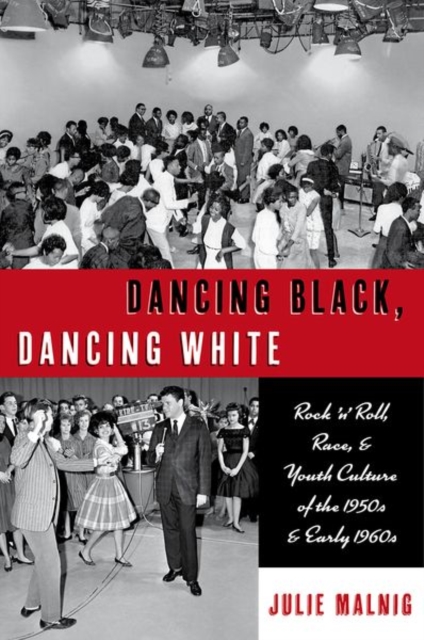Dancing Black, Dancing White: Rock 'n' Roll, Race, and Youth Culture of the 1950s and Early 1960s

Dancing Black, Dancing White: Rock 'n' Roll, Race, and Youth Culture of the 1950s and Early 1960s
the shows both reflected and re-affirmed the racial politics and attitudes of the time. The 1950s was a watershed decade for American culture and dance. The era witnessed the ascendancy of rock and roll music and recorded sound, the rise of the teenager as a marketing demographic, the beginnings of television, and a new phase of the country's struggle with race. The story of televised teen dance told here is about Black and white teenagers wanting to dance to rock 'n' roll music despite the barriers placed on their ability to do so. It is also a story that fuses issues of race, morality, and sexuality. Dancing Black, Dancing White weaves together these elements to tell two stories: that of the different experiences of Black and white adolescents and their desires to have a space of their own where they could be seen, heard, appreciated, and understood.
363.12Lei
363.12Lei
Livrare in 2-4 saptamani
Descrierea produsului
the shows both reflected and re-affirmed the racial politics and attitudes of the time. The 1950s was a watershed decade for American culture and dance. The era witnessed the ascendancy of rock and roll music and recorded sound, the rise of the teenager as a marketing demographic, the beginnings of television, and a new phase of the country's struggle with race. The story of televised teen dance told here is about Black and white teenagers wanting to dance to rock 'n' roll music despite the barriers placed on their ability to do so. It is also a story that fuses issues of race, morality, and sexuality. Dancing Black, Dancing White weaves together these elements to tell two stories: that of the different experiences of Black and white adolescents and their desires to have a space of their own where they could be seen, heard, appreciated, and understood.
Detaliile produsului










